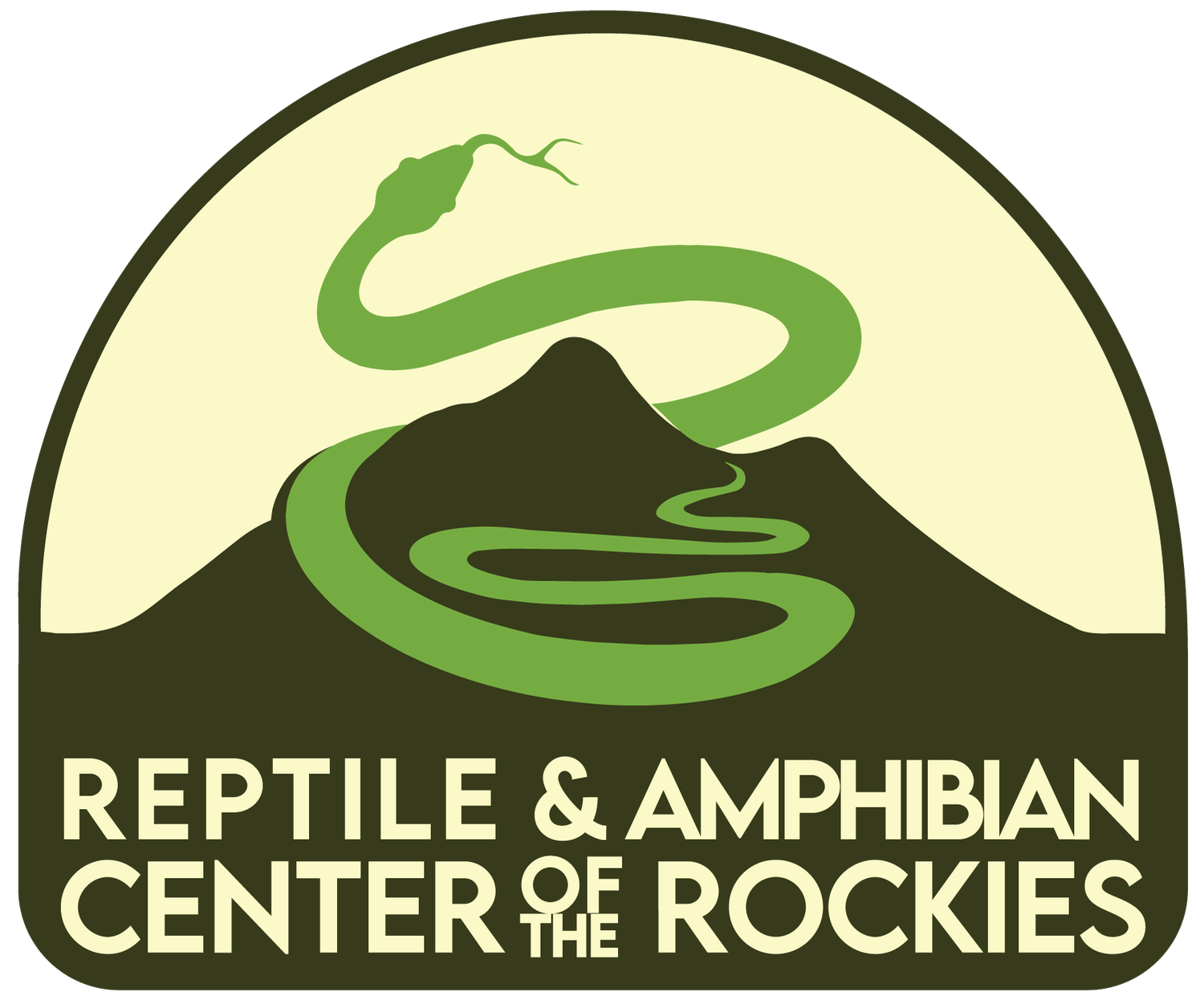Captive Care Nutrition Options
Insectivores require live food options that contain a full nutritional profile. Dried insect feeder options are often lacking a significant amount of their potential nutritional profile. Providing a variety of insect feeder options for your animal can help ensure you’re providing your animal with a diet filled with the right nutritional panel.
Buying Online
Ordering insect feeders for your animal online is often more affordable than frequent trips to your local pet store and you can find a wider variety of food items too!
Check out our favorite resources below 👇
Herbivores
Foraging
Finding natural sources of food for your herbivore is great, just make sure you are foraging from pesticide free areas and can identify the plants you are bringing home.
Ensure they’re safe to feed to your animal with the resources below:
Carnivores
Buying Online
Ordering whole prey items for your animal online is often more affordable being sold in bulk online and you can find a wider variety of food items too!
Check out our favorite resources below 👇
Culturing Your Own
Culturing and breeding your own insect feeders can be a rewarding process but it does take time and effort.
Tutorial:
Grow Your Own
DIY greens are especially great during winter months when it’s not possible to forage and stores have limited options.
Feeding Techniques
We recommend feeding your animal in their enclosure, ideally not over lose substrate, to minimize stress and feeding-handling association.
When feeding a frozen/thawed prey items, after thawing, warm the prey item with a hair dryer or warm water before offering it to your animal.
Gut Loading &
Feeder Care
Once you have your feeder insects at home, make sure you know how to care for them and ensure they will be a nutritious meal for your reptile or amphibian.
Feeder Insect Care
Gut Loading
While many captive herbivores can survive on store bought leafy greens, fruits, and veggies, oftentimes it’s best to provide a wider variety of vegetation that isn’t typically sold in your average grocery store to allow them to thrive in our care at home.
Luckily you can forage or grown your own vegetation at home! Just be sure the areas you’re foraging in are pesticide free!
Buying Vegetation
If your thumb is not the greenest or you don’t have time to forage for safe vegetation, check out these resources below for finding vegetation for your reptile:
Feeding frozen/thawed prey items are a safer alternative to live food options and it’s very rare for an animal to refuse frozen/thawed food unless their is an underlying medical issue or if husbandry needs to be adjusted.
Feeder Sizes
As our carnivores grow in captivity, their prey item sizes and feeding frequency will need to be adjusted for their size and age. With many snake species, a general rule of thumb is to feed a prey item that is roughly 10% of the reptiles total body weight. First make sure your animal is at a healthy body condition for this rule with this
Snake Body Conditioning Chart







